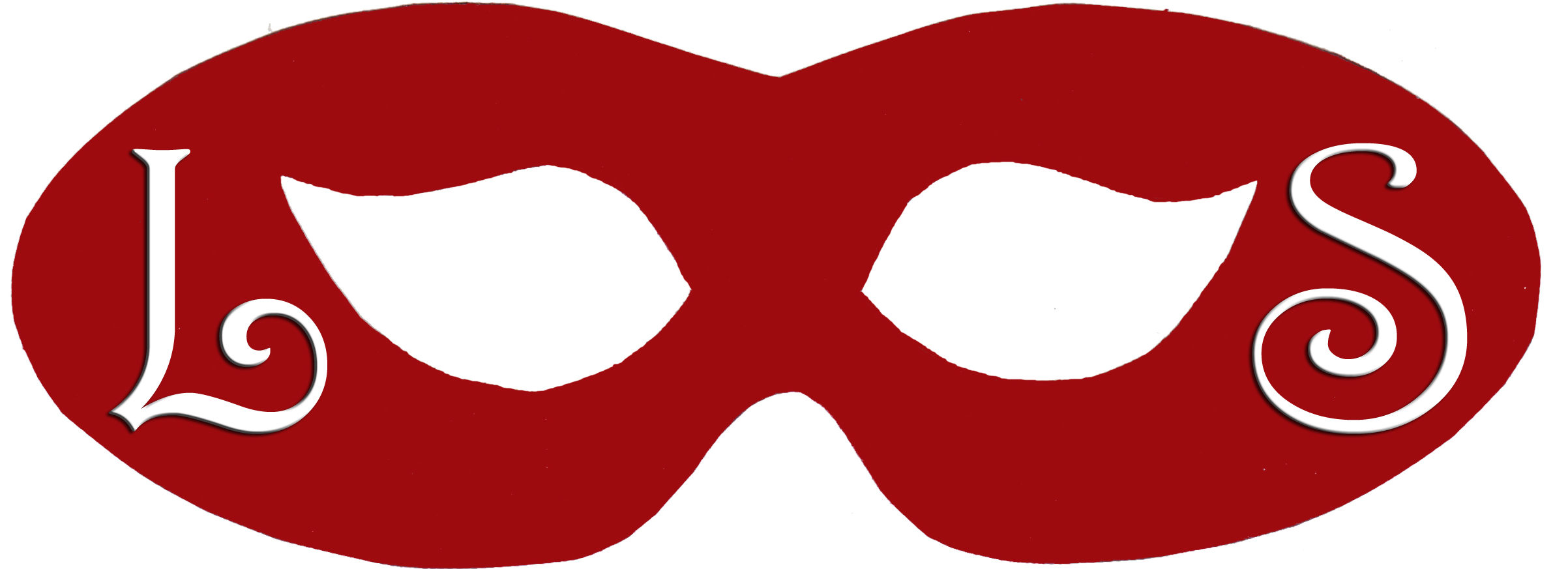Foreshadowing Like Whoa: Sunbird edition
Spoilers are universally hated but sometimes they’re hard to avoid when you’re talking about certain topics, like today’s: foreshadowing. So fair warning: thar be SPOILERS ahead.
The fifth story of Unnatural Creatures is Gaiman’s own Sunbird. He wrote it as a gift to his daughter for her birthday. I want to write stories for people’s birthdays. It’d be much easier on my wallet. And more special because of how you can personalize it, if you do it right. It’s also apropos because at some point in this month my age will creep one digit higher. (If you’re interested in reading about the first four stories in Unnatural Creatures, here’s a list: Inksplot, The Cartographer Wasps and the Anarchist Bees, The Griffin and The Minor Canon, Ozioma the Wicked)
1) Character name as a hint.
Our very untrustworthy main character, Crawcrustle, is such a great example. According to my computer’s dictionary craw is a humorous way of saying stomach. Crust means to have a hard skin (or outer layer). Which is what Crusty spends the entire story doing: hardening his stomach.
2) Dialogue as a signal.
Sometimes nothing is more misleading than the truth and Crawcrustle makes an art of anesthetizing all the Epicureans with the truth. At various points in the story Crawcrustle tells the other members of the Epicureans what he’s doing, but because he’s told them such tall tales for as long as they’ve known him, they discount everything he says. He gives them enough that they think, “The old man’s off his rocker, again,” and it becomes a lie by omission through misleading with the truth.
3) Actions as a tip-off.
Crawcrustle doesn’t hide what he’s doing (eating coals, lightbugs, and the like) because he’s not worried that the Epicureans will find the right questions or that he won’t be able to assuage their misgivings about the upcoming trip to Suntown.
